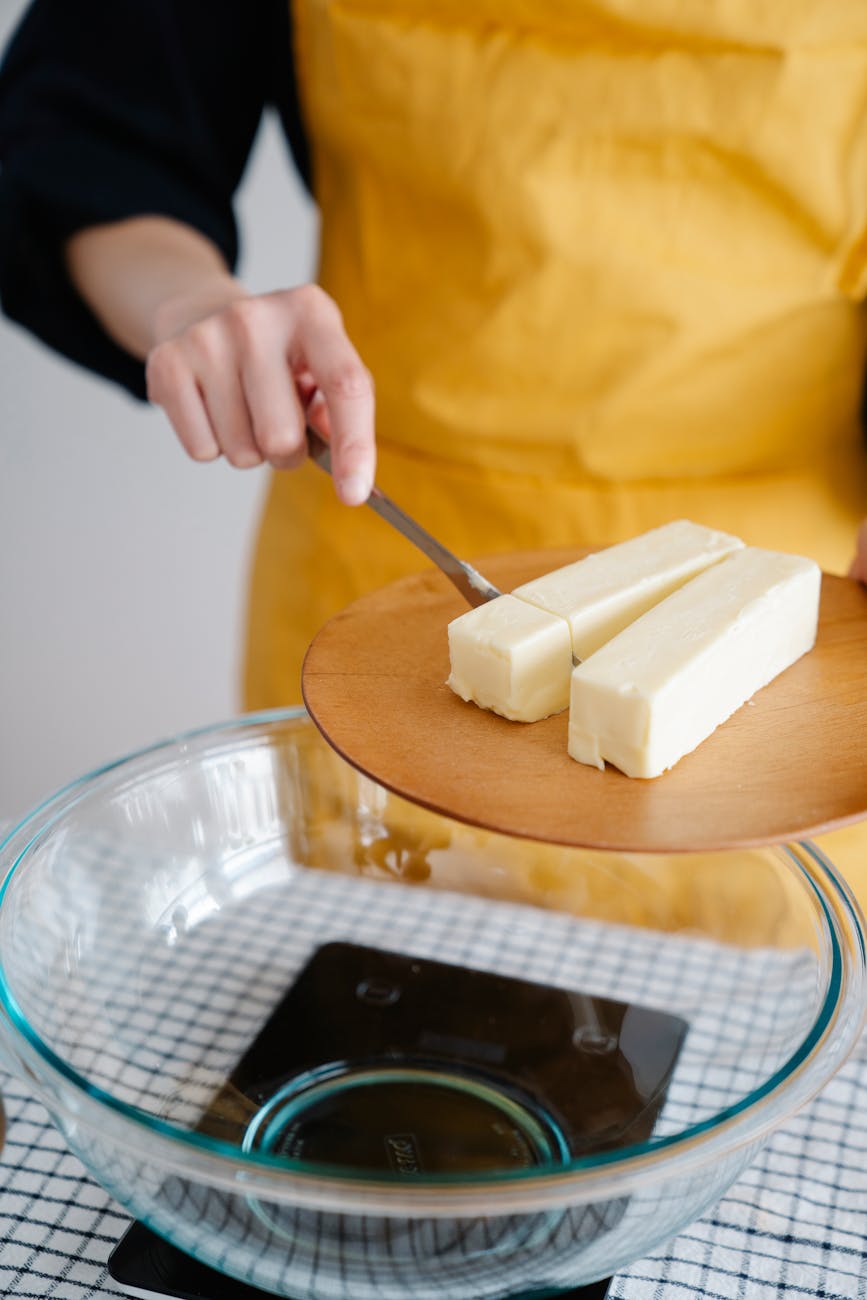Importance of Accurate Measurement in Cooking
When it comes to culinary creations, precision plays a fundamental role in both the art and science of cooking and baking. From delicate pastries to savory mains, accurate measurements are the cornerstone of a successful dish. Consistent and meticulous measuring not only ensures the desired taste and texture but also reflects the skill and expertise of the cook or baker.
Precision in Cooking and Baking
The difference between a culinary triumph and a culinary disaster often comes down to precise measurements. A cup, teaspoon, or tablespoon is not just a unit of volume but a standard of consistency. Whether you are whipping up a batch of cookies or simmering a savory stew, exact measurements of ingredients can make all the difference in the final outcome. Even a slight deviation can alter the taste, texture, and overall quality of the dish.
Role of Consistent Measurements
Consistency in measurement is vital to achieving reliable and replicable results in the kitchen. Imagine trying to recreate a beloved family recipe only to find that the second attempt tastes nothing like the first. By consistently measuring ingredients in the same manner each time, you not only preserve the integrity of the dish but also establish a reliable reference point for future culinary endeavors. A cup of flour should always be a cup of flour, ensuring that your recipes turn out as intended, time after time.
Accurate and consistent measurements are the backbone of successful cooking and baking. By understanding the importance of precision in the kitchen, you elevate your culinary skills and bring the joy of delicious dishes to the table with confidence. For more insights into cooking measurements and equivalents, explore our article on cooking measurement equivalents.
Understanding Conversions: 1 Cup to Grams
In the realm of culinary arts, precise measurements play a fundamental role in the success of a dish. Understanding the conversion of measurements, such as converting 1 cup to grams, is essential for achieving consistent and delicious results in cooking and baking.
Different Ingredients, Different Weights
It’s vital to acknowledge that different ingredients have varying densities, which results in their weight in grams differing even when measured by the same volume, such as a cup. For instance, 1 cup of flour will weigh differently compared to 1 cup of sugar due to their distinct compositions.
To accurately convert volume measurements like cups to grams, one must consider the density of the specific ingredient being measured. Utilizing a kitchen scale to weigh ingredients in grams provides precision and ensures that the recipe’s proportions are maintained, leading to culinary creations that are not only flavorful but also visually appealing.
General Conversions for Common Ingredients
To offer a guideline for these conversions, the table below outlines the approximate conversions for some common ingredients from cups to grams:
| Ingredient | 1 Cup (approx. grams) |
|---|---|
| All-Purpose Flour | 120-130g |
| Granulated Sugar | 200-220g |
| Brown Sugar | 190-210g |
| Butter | 225g |
| Milk | 240g |
| Rice (uncooked) | 190-200g |
By referencing these general conversions, culinary enthusiasts can tailor their recipes with accuracy, ensuring that each ingredient is measured correctly in grams for optimal cooking and baking results. For more detailed information on measurements and equivalents, consider exploring our article on cooking measurement equivalents.
Understanding how to convert measurements like 1 cup to grams allows individuals to embrace the art of cooking with greater confidence and precision, enhancing the culinary experience through consistent and delectable outcomes in the kitchen.





